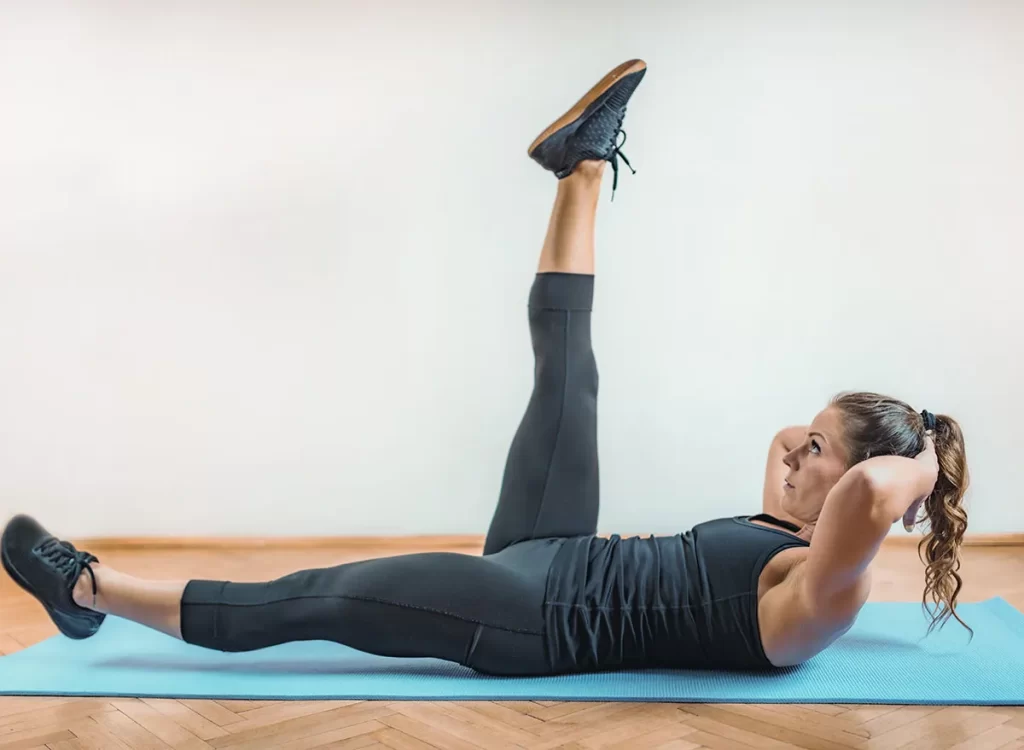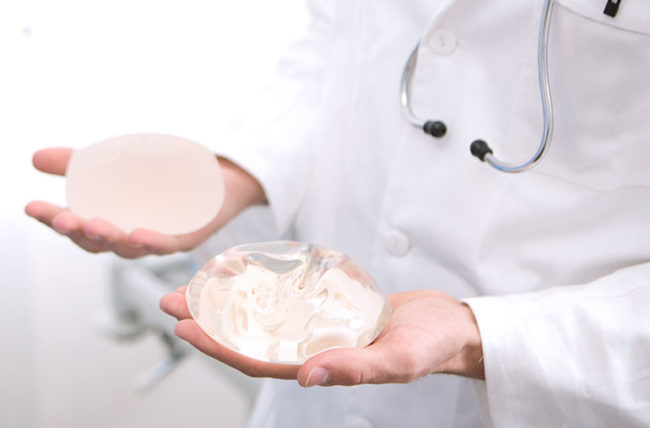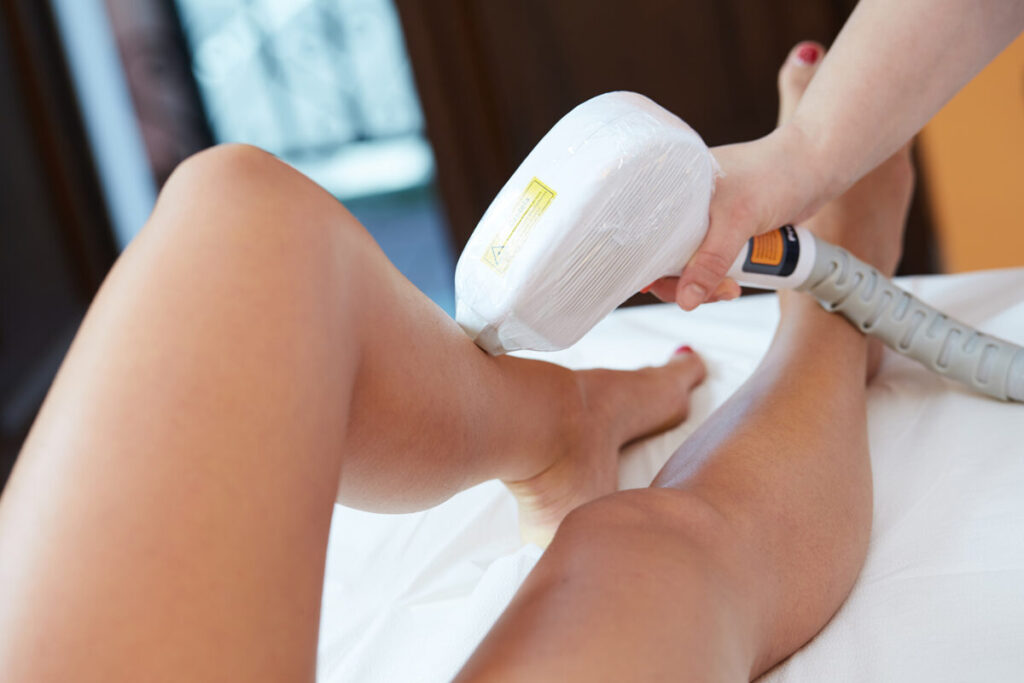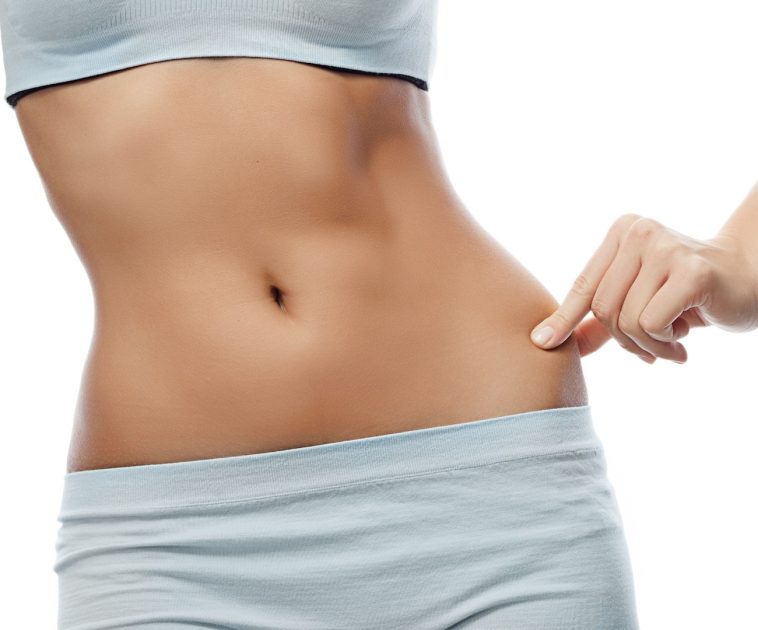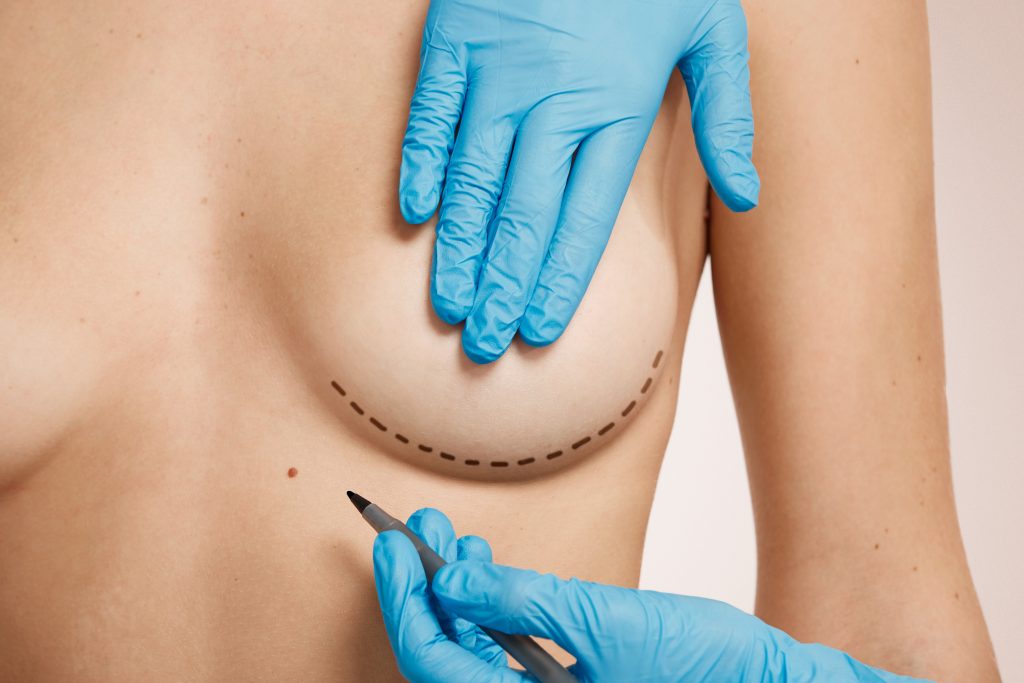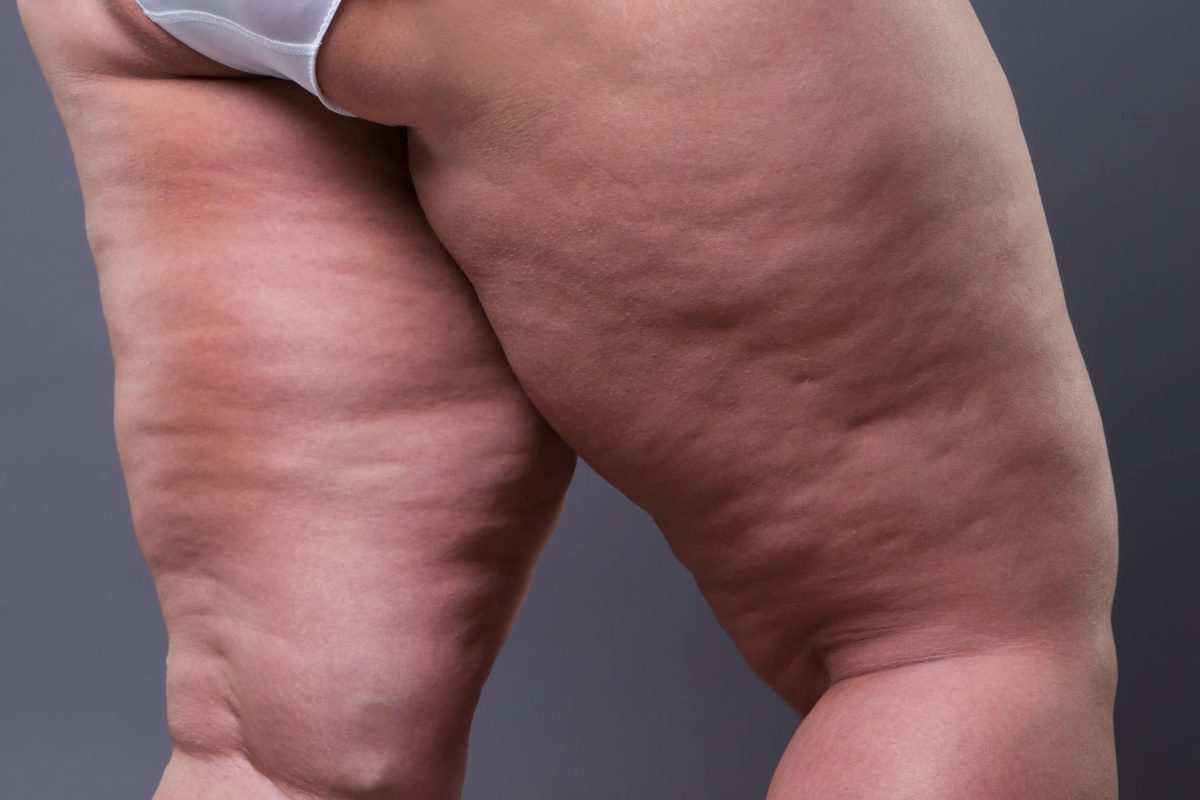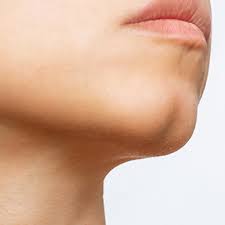Fat graft enrichment techniques, including lipografts and mesenchymal stem cell transplantation, have revolutionized the field of plastic cosmetic and reconstructive surgery for soft tissue enhancement. These methods, including cosmetic breast augmentation and plastic surgery, allow for the effective transfer of fat using adipose graft enrichment agents and enrichment strategies from one part of the body to another, enhancing volume and improving contours. Historically, fat grafting in plastic surgery dates back to the early 1900s, but advancements in technology, including stem cell enrichment strategies, have made it safer and more efficient today.
Surgeons now use various techniques, including adipose graft enrichment agents and enrichment strategies, to ensure that the transferred fat survives and integrates well with surrounding tissues in their search for optimal results. Patients benefit from natural-looking results from facial fat grafting and breast fat grafting without the need for synthetic fillers. Understanding these techniques can help individuals search for informed decisions about their aesthetic goals.
Overview of Fat Graft Techniques
Autologous Fat Grafting
Autologous fat grafting involves using a patient’s own fat for cosmetic procedures in search of optimal results. This technique minimizes the risk of rejection since the body recognizes its own tissue in search of compatibility. Surgeons typically search and extract fat from areas like the abdomen or thighs. They use liposuction to search for the fat, which is then purified before injection.
This method plays a significant role in plastic surgery. It enhances volume in various areas, including the face and breasts, search. Surgeons can achieve natural-looking results with this technique. The use of fat grafts has become popular due to its effectiveness and safety in search.
Graft Retention Variability
Long-term graft retention varies among patients. Studies show that only 30% to 70% of injected fat survives after six months. Factors affecting retention include the donor site, surgical technique, and individual healing processes.
Surgeons often face challenges with fat graft survival. Some patients may experience more absorption than others. This variability leads to different outcomes for each individual.
Need for Repetitive Procedures
Suboptimal outcomes often require repetitive procedures. Many patients desire additional volume after initial treatment. Surgeons may suggest follow-up sessions to enhance results. This can be frustrating for patients who expect immediate satisfaction.
Repeated fat grafting procedures help improve overall results. Each session allows surgeons to assess what works best for each patient. Over time, this approach can lead to better retention and aesthetic outcomes.
Patients should understand that multiple treatments may be necessary. This understanding helps manage expectations regarding their appearance and recovery.
Methodologies in Fat Grafting
Comprehensive Search
A comprehensive literature search was conducted on Medline and PubMed. This search aimed to gather relevant data on fat grafting techniques. Key terms included “autologous fat grafting,” “adipose tissue transplantation,” and “vascular fraction fat grafting.”
Additional terms used in the search were “growth factors,” “platelet-rich plasma,” and “stem cells.” These terms helped identify studies that explored various methodologies and their outcomes. The search focused on peer-reviewed articles published within the last two decades.
Data Collection
Data collected from the literature included evidence levels, techniques, complications, and outcomes. Studies provided insights into different fat transplantation methods. For example, autologous fat grafting involves harvesting fat from a patient’s body and reinjecting it where needed.
The information showed that complications such as fat necrosis and fat resorption can occur. Fat necrosis refers to the death of fat cells after transplantation, while fat resorption is when the body absorbs the injected fat over time. Understanding these complications is crucial for improving patient outcomes.
Techniques Overview
Numerous techniques exist for effective fat harvesting and transplantation. The stromal vascular fraction (SVF) method separates adipose stromal cells from human adipose tissues. This technique enhances the viability of the graft. It also increases the potential for regeneration in the treated area.
Vascular fraction fat grafting uses a combination of adipose tissue and SVF. This method aims to improve blood supply to the transplanted fat. Improved blood flow can lead to better integration of the graft with surrounding tissues.
Enrichment Agents
Adipose graft enrichment agents play a significant role in enhancing transplant success. These agents include growth factors and stem cells derived from human adipose tissue. They help promote healing and improve overall graft retention.
Cultured adipose is another method that involves expanding adipose-derived stem cells in a lab setting before transplantation. This process can yield a higher concentration of active cells, which may enhance fat graft survival.
Outcomes Analysis
Outcomes from various studies indicate that enriched fat grafts show improved results compared to standard methods. Many patients experience better volume retention over time. Research suggests that using enriched grafts can reduce complications associated with traditional fat transfers.
In summary, understanding different methodologies in fat grafting allows for informed decisions in clinical practice. The integration of advanced techniques like SVF and cultured adipose leads to enhanced patient satisfaction and outcomes.
Applications in Reconstructive Surgery
Soft Tissue Reconstruction
Fat grafting plays a vital role in soft tissue reconstruction. Surgeons often use this technique to enhance areas affected by trauma, surgery, or congenital defects. The process involves harvesting fat from one area of the body and transferring it to another. This method improves volume and contour while promoting natural healing.
Reconstructive applications include breast reconstruction after mastectomy. Surgeons utilize fat grafting to restore a more natural breast shape. This approach reduces the need for implants and minimizes complications. Fat grafting also helps in facial contouring, addressing issues like volume loss due to aging or injury.
Regenerative Therapy
Autologous fat is key in regenerative therapy. It contains stem cells that aid in tissue regeneration. By using the patient’s own fat, doctors minimize the risk of rejection and complications associated with foreign materials. The stromal vascular fraction from adipose tissue provides essential growth factors for healing.
This regenerative medicine approach enhances soft tissue augmentation outcomes. Patients experience improved survival rates of transplanted fat compared to synthetic fillers. Research indicates that minimal graft resorption occurs when using autologous fat, leading to longer-lasting results.
Cosmetic Breast Augmentation
In cosmetic procedures, fat grafting offers a natural alternative to implants for breast augmentation. Many women prefer this method due to its lower risk profile and more organic feel. The procedure allows for subtle enhancements rather than drastic changes.
Surgeons can sculpt the breast area by strategically placing fat. This technique allows for contour adjustments that implants cannot achieve. Patients benefit from liposuction, as excess fat is removed from other body areas during the procedure.
Adipose Tissue Remodeling
Fat grafting promotes adipose tissue remodeling, which is crucial for successful outcomes in reconstructive surgery. The process encourages the body to integrate the transferred fat into the surrounding tissues effectively. Over time, this leads to a more harmonious appearance.
Surgeons understand that successful fat grafting relies on proper technique and patient selection. Factors like donor site quality and recipient site conditions affect results significantly. Proper handling of adipose tissue during transplantation increases the chances of survival and integration.
Recent Study Results
Article Identification
Researchers identified 1382 articles related to fat graft enrichment techniques. Out of these, 147 articles met the inclusion criteria for further analysis. This systematic review highlights the importance of selecting relevant studies to understand the effects of various enrichment strategies.
These studies provided valuable insights into how different methods can improve fat graft survival rates. The rigorous selection process ensures that only high-quality evidence informs current practices.
Positive Benefits
Fat graft enrichment strategies show significant positive benefits for graft survival. Enrichment techniques can enhance the viability of transplanted fat cells. They may lead to improved outcomes in reconstructive surgery.
The use of growth factors and adipose-derived stem cells plays a crucial role in this enhancement. These components help create a favorable environment for fat cell survival. As a result, patients experience better aesthetic results and fewer complications.
Strong Evidence
Strong evidence supports the effectiveness of using growth factors in fat grafting. Studies demonstrate that these factors promote healing and tissue regeneration. They also contribute to increased blood supply in the grafted area.
Adipose-derived stem cells have shown similar benefits. Research indicates that they assist in tissue repair and improve overall graft performance. The combination of these elements leads to enhanced fat retention over time.
A systematic review published on PubMed confirmed these findings. It highlighted how both growth factors and stem cells positively impact fat graft survival rates. Researchers concluded that utilizing these enrichment techniques is essential for optimal results.
Safety Factors
Safety is a primary concern in any surgical procedure, including fat grafting. Many studies report minimal complications associated with these enrichment methods. Most adverse effects are mild and manageable.
Factors such as patient selection and technique play a vital role in ensuring safety. Surgeons must carefully evaluate each case to minimize risks. Overall, the evidence suggests that when performed correctly, fat graft enrichment techniques are safe and effective.
Volume Retention Findings
Long-term Variability
Variability exists in long-term graft retention. Studies show that not all fat grafts retain volume equally over time. Factors such as the technique used, patient characteristics, and the area of injection play significant roles. For example, grafts placed in areas with higher movement may experience reduced retention compared to more stable regions.
Research indicates that about 30% to 50% of injected fat may be lost within the first few months. However, some patients report better outcomes with minimal loss. This variability underscores the need for tailored approaches in fat grafting procedures.
Dose-Dependent Effects
A dose-dependent effect is observed when using platelet-rich plasma (PRP) and adipose-derived stem cells (ADSCs) in fat grafting. Higher concentrations of PRP enhance the survival of grafted fat. Studies suggest that PRP can improve graft volume retention by promoting angiogenesis, which is the formation of new blood vessels.
Similarly, ADSCs contribute to improved retention rates. These stem cells have regenerative properties that support healing and fat integration into surrounding tissues. The combination of PRP and ADSCs has shown promising results in enhancing overall graft performance.
Importance of Volume Retention
Volume retention is crucial for successful outcomes in fat grafting procedures. Patients seek these techniques for aesthetic enhancement or reconstruction. Therefore, maintaining the desired volume directly impacts satisfaction levels.
Inadequate graft retention can lead to uneven results or the need for additional procedures. Surgeons must focus on strategies that improve retention rates to achieve optimal results. Techniques such as careful harvesting, proper processing of fat, and using adjunct therapies like PRP or ADSCs can significantly affect outcomes.
Surgeons also emphasize the importance of understanding individual patient factors. For instance, skin quality and overall health can influence how well a graft integrates into the body. Personalizing treatment plans based on these factors enhances the chances of successful volume retention.
Cellular Characteristics Insights
Adipose-Derived Stem Cells
Adipose-derived stem cells (ADSCs) play a crucial role in graft enrichment. These cells come from fat tissue and have strong regenerative properties. They can differentiate into various cell types, which aids in tissue repair. In grafting procedures, ADSCs improve the survival rate of transplanted tissues. Their presence enhances the overall quality of the graft.
Research shows that ADSCs release several growth factors. These factors help in cell proliferation and tissue healing. The higher the concentration of these regenerative cells in the graft, the better the outcomes. This leads to improved volume retention and functionality.
Growth Factors
Growth factors are proteins that influence cell behavior. They are vital for maintaining cellular characteristics and promoting graft survival. Factors like vascular endothelial growth factor (VEGF) and platelet-derived growth factor (PDGF) stimulate blood vessel formation. This process is essential for delivering nutrients to the graft.
The presence of these growth factors can significantly reduce complications after surgery. They enhance cell migration and proliferation, leading to better integration with surrounding tissues. Increased levels of growth factors ensure that the graft receives adequate support during its healing phase.
Gene Therapy Potential
Gene therapy holds promise for enhancing cellular properties in grafting procedures. This technique involves modifying genes to improve cell function or behavior. By introducing specific genes into ADSCs, researchers aim to boost their regenerative capabilities.
Tissue engineering also complements gene therapy. It combines biological materials with engineering techniques to create new tissues. The goal is to develop scaffolds that support cell growth and function. These advancements can lead to more effective grafts with higher success rates.
Combining gene therapy with stem cell enrichment offers new avenues for research. It may lead to breakthroughs in treating injuries or diseases where tissue loss occurs. As technology progresses, these methods could revolutionize how we approach grafting.
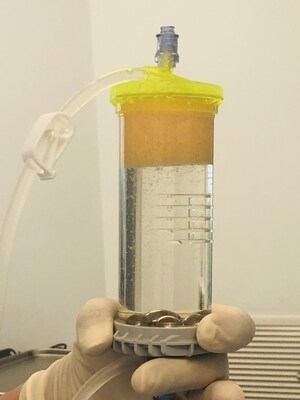
Psychosocial Impact Analysis
Body Image
Successful fat grafting can significantly improve body image. Many patients report feeling more confident after their procedures. They perceive their bodies more positively. This change often leads to enhanced self-esteem. Improved body image can affect various aspects of life, including social interactions and personal relationships.
Research shows that individuals who undergo fat grafting often experience a boost in their overall satisfaction with their appearance. This improvement can reduce feelings of anxiety and depression related to body dissatisfaction. Patients frequently express that they feel more comfortable in their skin. This newfound comfort encourages them to engage in social activities they might have avoided before.
Patient Satisfaction
Patient satisfaction plays a crucial role in the psychosocial impact of fat grafting. Studies indicate that most patients are pleased with the results of their procedures. High satisfaction rates stem from both aesthetic outcomes and the perceived benefits on mental health.
Patients often report improvements in quality of life following surgery. These enhancements include better emotional well-being and increased social engagement. Many individuals find themselves participating more actively in community events or reconnecting with friends after their transformation. This active participation contributes to a sense of belonging and fulfillment.
Mental Well-Being
The connection between aesthetic outcomes and mental well-being is strong. Positive changes in appearance can lead to significant shifts in mood and outlook on life. Patients frequently state that their improved appearance has made them feel younger or more vibrant.
Mental health professionals acknowledge this relationship as well. They note that when people feel good about their bodies, it can lead to healthier lifestyles. For instance, many patients adopt better eating habits or increase physical activity post-surgery. These lifestyle changes further enhance both physical and mental health.
Social Relationships
ial relationships also benefit from successful fat grafting procedures. Improved confidence often translates into more assertive communication skills. Patients may find it easier to form new friendships or strengthen existing ones.
Moreover, positive feedback from peers can reinforce the psychological benefits of the procedure. Compliments about appearance can boost self-esteem even further, creating a cycle of positivity. As patients feel better about themselves, they tend to project that confidence outward, attracting others.
Future Directions in Practice
Enrichment Strategies
Current enrichment strategies for fat grafting show promise but require more investigation. Controlled clinical studies are essential to establish safety and effectiveness. These studies can help identify the best practices for using fat grafts in various applications. Researchers must focus on standardizing protocols to ensure consistency across different settings. This will aid in understanding how these strategies impact patient outcomes.
Factors influencing graft survival remain a critical area of research. Variables such as patient age, health status, and the method of harvesting fat can affect viability. Understanding these factors will help clinicians make better decisions regarding treatment plans.
Viability Factors
Viability is crucial for successful fat grafting. The survival rate of transplanted fat cells varies significantly based on technique and preparation methods. Research has shown that factors like oxygen supply and nutrient availability play a role in cell survival. Studies have indicated that optimizing these factors can lead to higher graft retention rates.
Future studies should explore innovative techniques to enhance viability. For instance, researchers could investigate the use of growth factors or stem cells alongside fat grafts. These advancements could improve the overall success of procedures and elevate patient satisfaction.
Advancements in Techniques
Potential advancements in enrichment techniques promise to revolutionize fat grafting practices. New technologies, such as 3D printing, may allow for more precise graft placement. This could lead to improved aesthetic results and fewer complications. Advancements in imaging techniques can help surgeons visualize the grafted areas better during procedures.
Emerging methods like microfat and nanofat grafting offer exciting possibilities as well. These techniques involve processing fat into smaller particles, which may enhance integration with surrounding tissues. This could result in better outcomes for patients who seek cosmetic enhancements or reconstructive surgery.
The implications of these advancements are significant for clinical practice. Enhanced techniques could lead to shorter recovery times and lower rates of complications. As these methods gain traction, they may become standard practice in various medical fields.
Closing Thoughts
Fat graft enrichment techniques are transforming the landscape of reconstructive surgery. You’ve explored various methodologies, applications, and the latest findings that underscore their effectiveness. With insights into volume retention and cellular characteristics, it’s clear these techniques offer significant benefits for both patients and practitioners. The psychosocial impacts highlight how these procedures can enhance quality of life.
Looking ahead, embracing these advancements can elevate your practice and improve patient outcomes. Stay informed about emerging trends and consider integrating fat graft enrichment into your offerings. Your commitment to excellence in this field will not only boost your credibility but also foster trust with your patients. Dive deeper into this topic and explore how these techniques can enhance your surgical repertoire.
Frequently Asked Questions
What are fat graft enrichment techniques?
Fat graft enrichment techniques enhance the quality and viability of fat used in grafting procedures. They involve processing methods that improve cellular characteristics, leading to better integration and retention in the recipient site.
How do methodologies in fat grafting differ?
Methodologies vary primarily in how fat is harvested, processed, and injected. Techniques like liposuction, centrifugation, and decantation each have unique benefits for improving fat survival and volume retention.
What are the applications of fat grafting in reconstructive surgery?
Fat grafting is widely used in reconstructive surgery to restore volume, contour, and symmetry. It is effective for breast reconstruction, facial rejuvenation, and correcting deformities from trauma or congenital conditions.
What recent studies highlight about fat graft techniques?
Recent studies indicate that advanced fat graft techniques significantly improve volume retention and patient satisfaction. Innovations in processing methods show promise in enhancing the longevity of results.
How does volume retention impact patient outcomes?
Volume retention directly affects aesthetic results and patient satisfaction. Higher retention rates lead to longer-lasting improvements, reducing the need for repeat procedures and enhancing overall outcomes.
What insights do cellular characteristics provide?
Cellular characteristics of fat tissue influence its survival and integration post-grafting. Enhanced cellular viability improves healing and aesthetic results, making it crucial for successful fat grafting.
What is the psychosocial impact of fat grafting?
The psychosocial impact can be significant. Patients often report improved self-esteem and body image after successful fat grafting procedures, contributing to overall well-being and quality of life.





